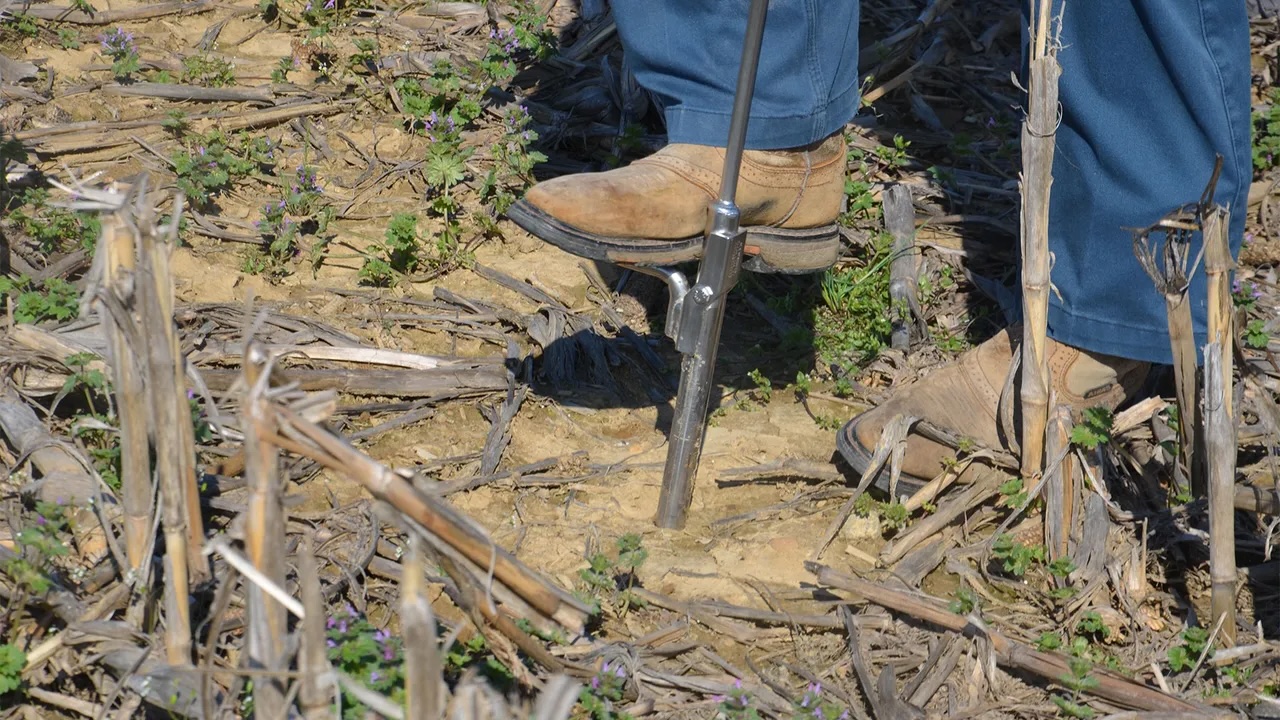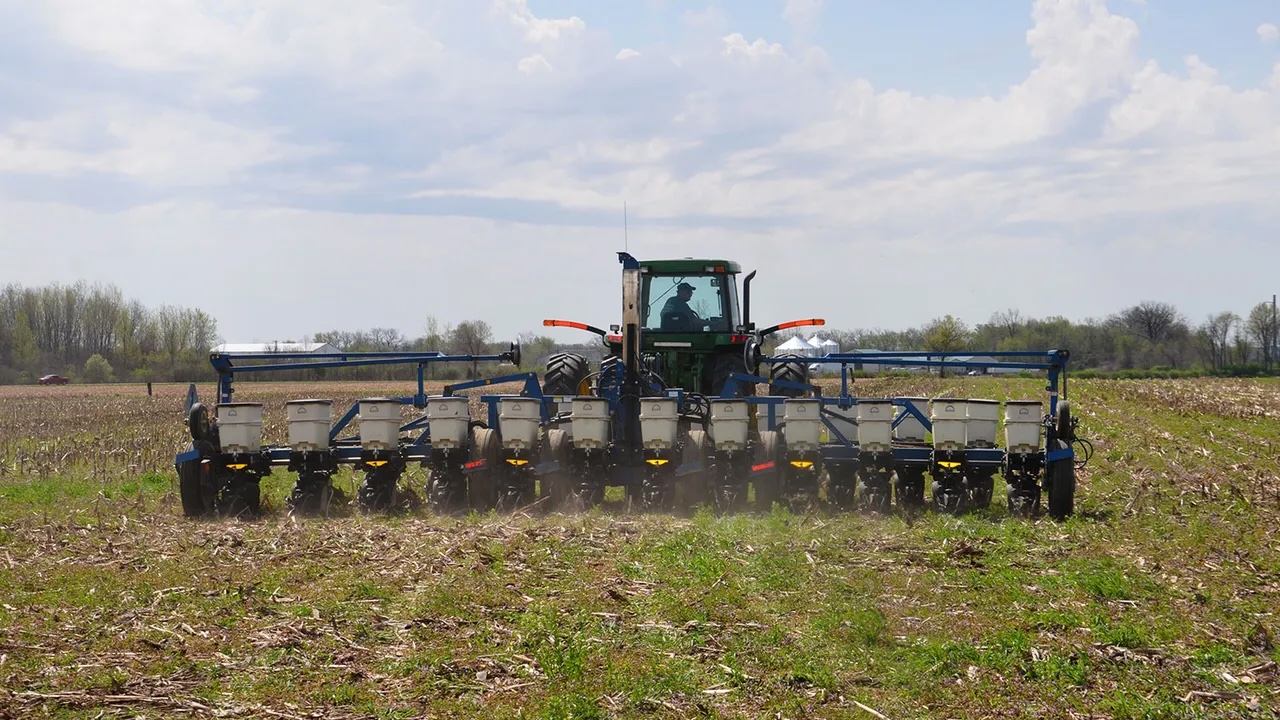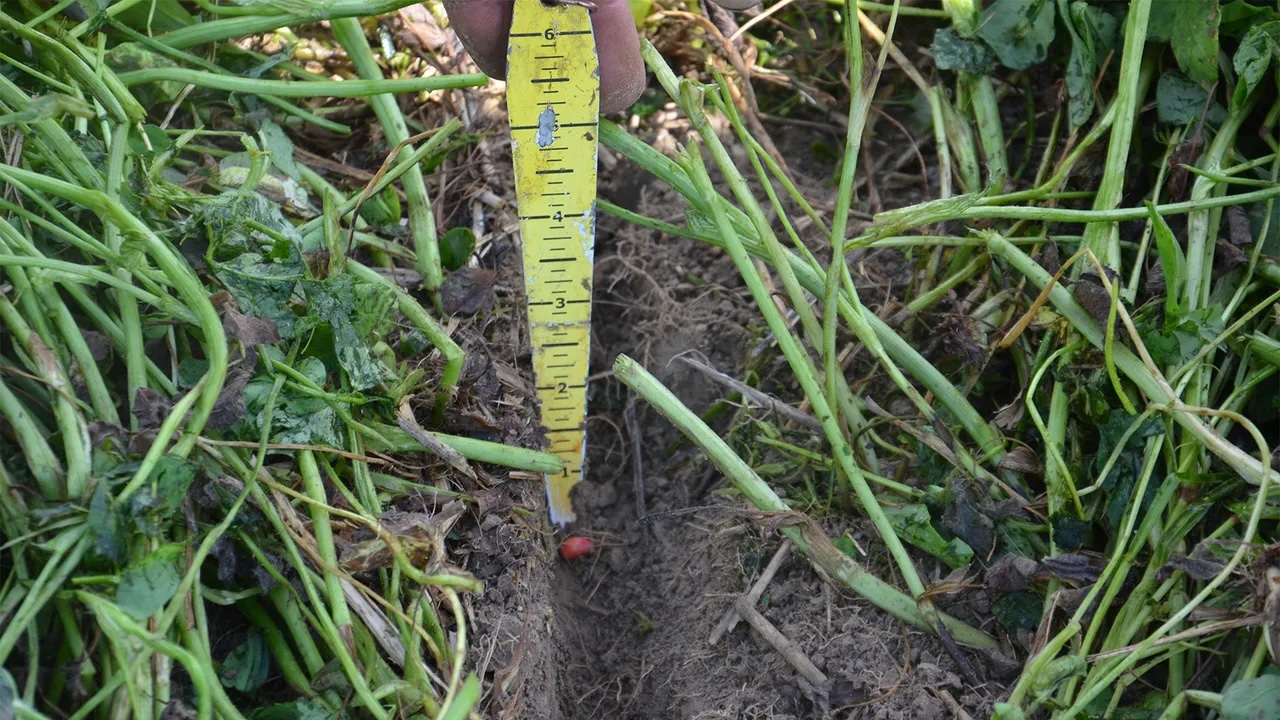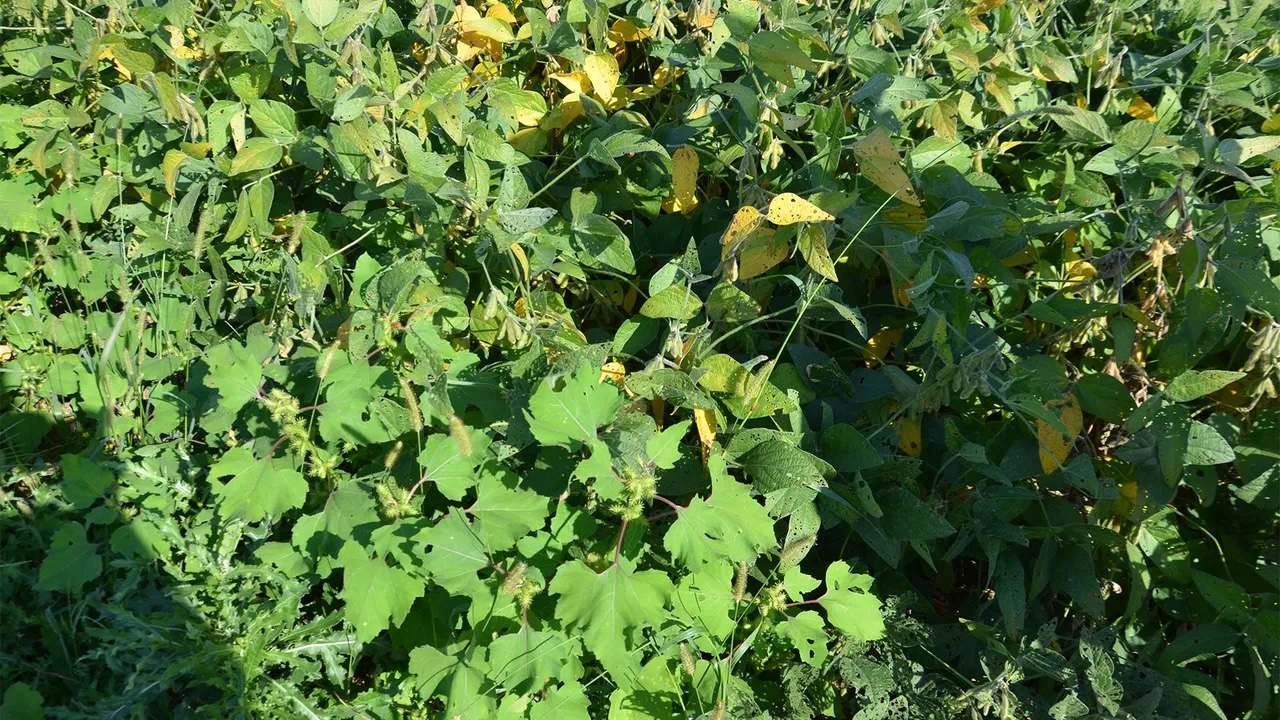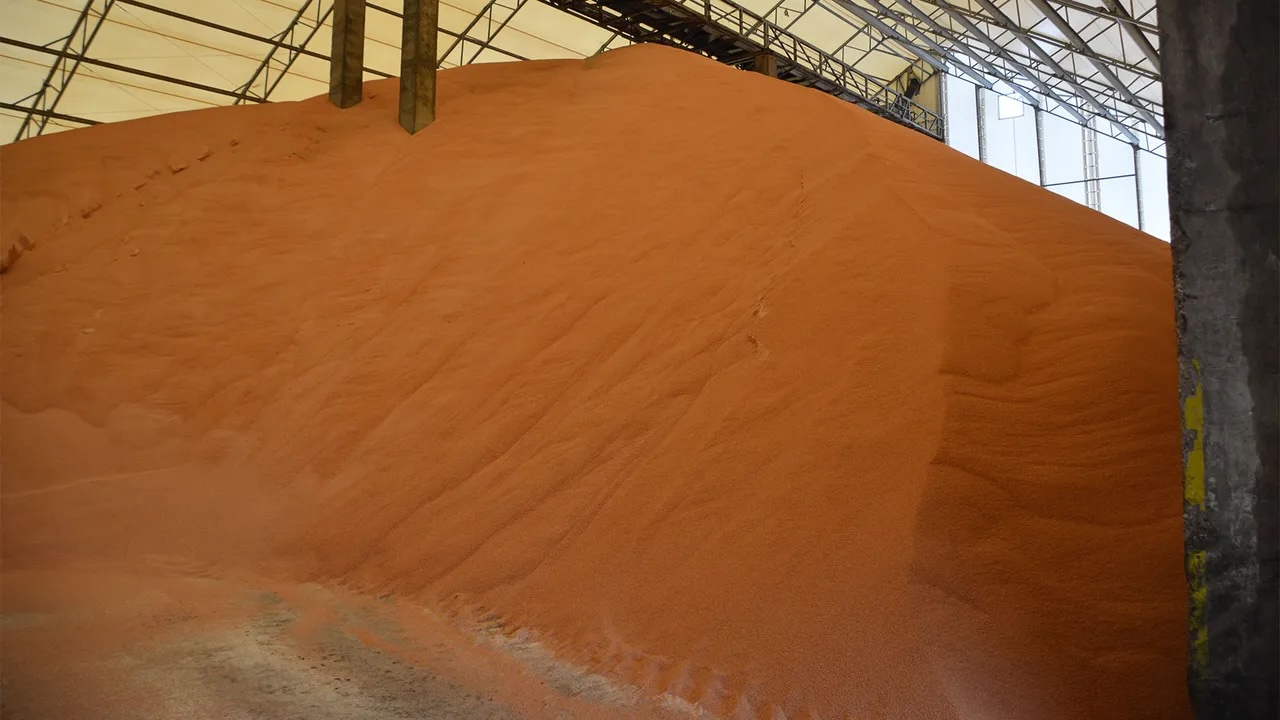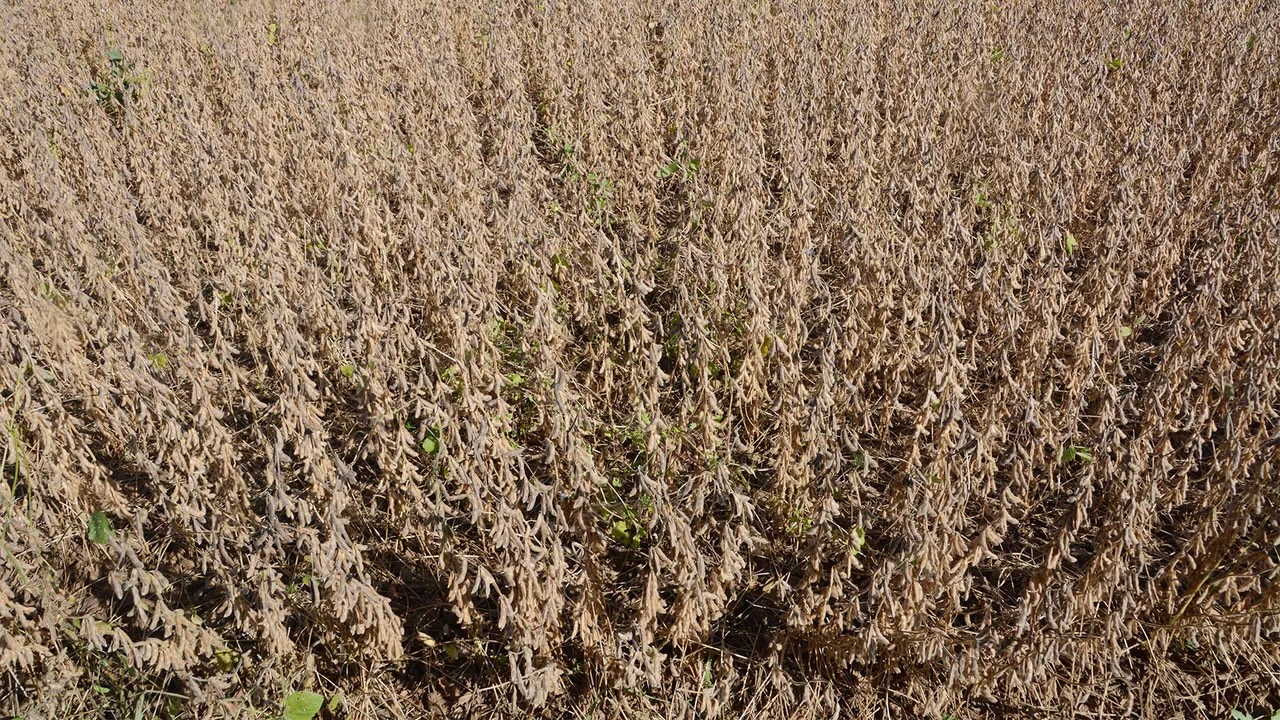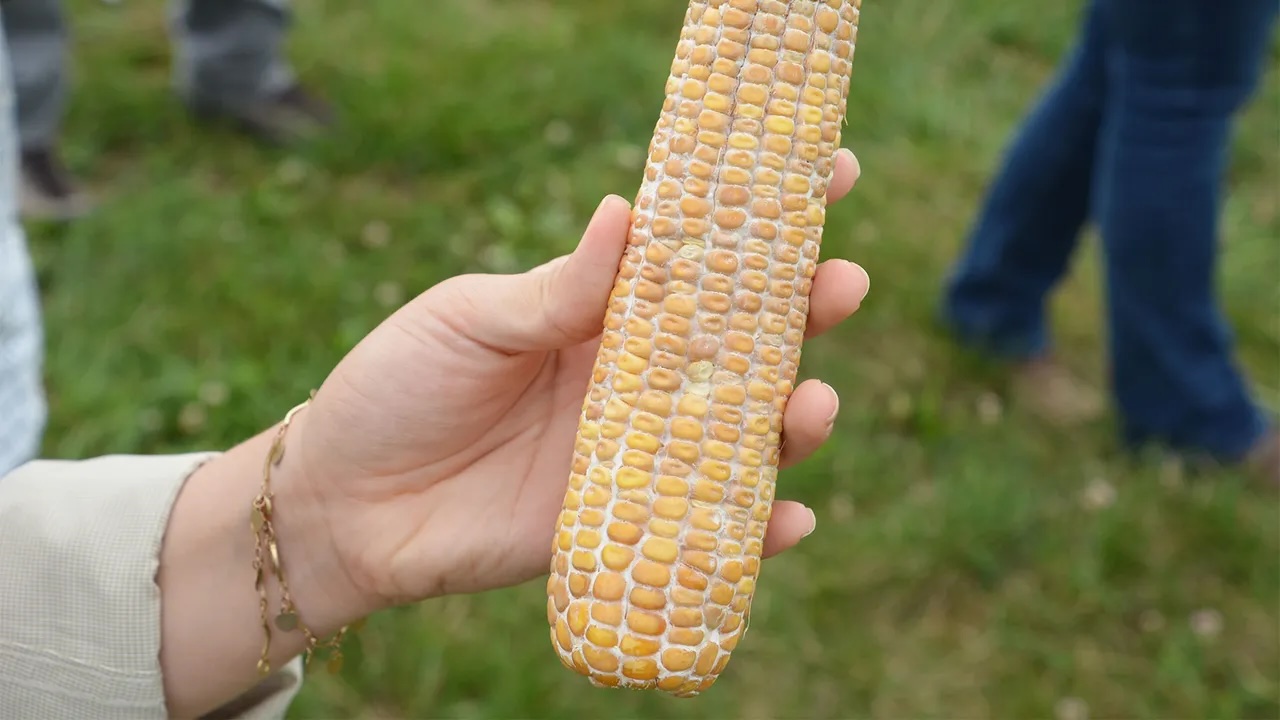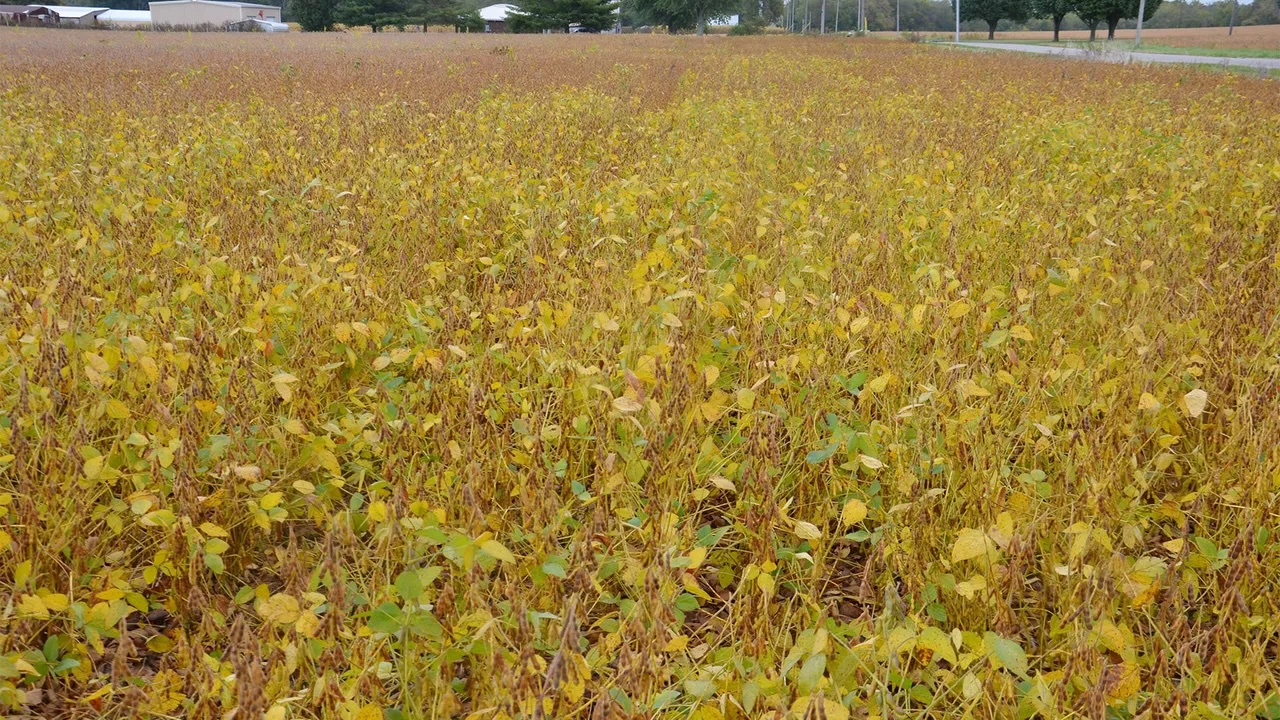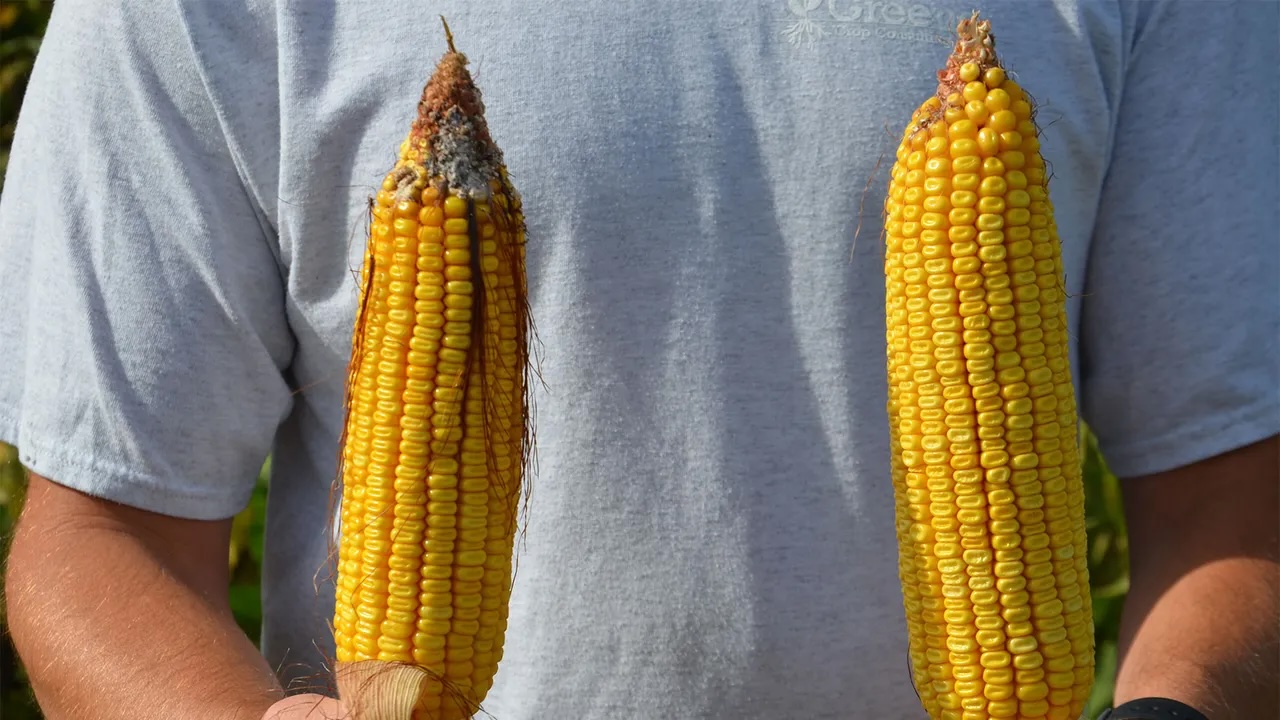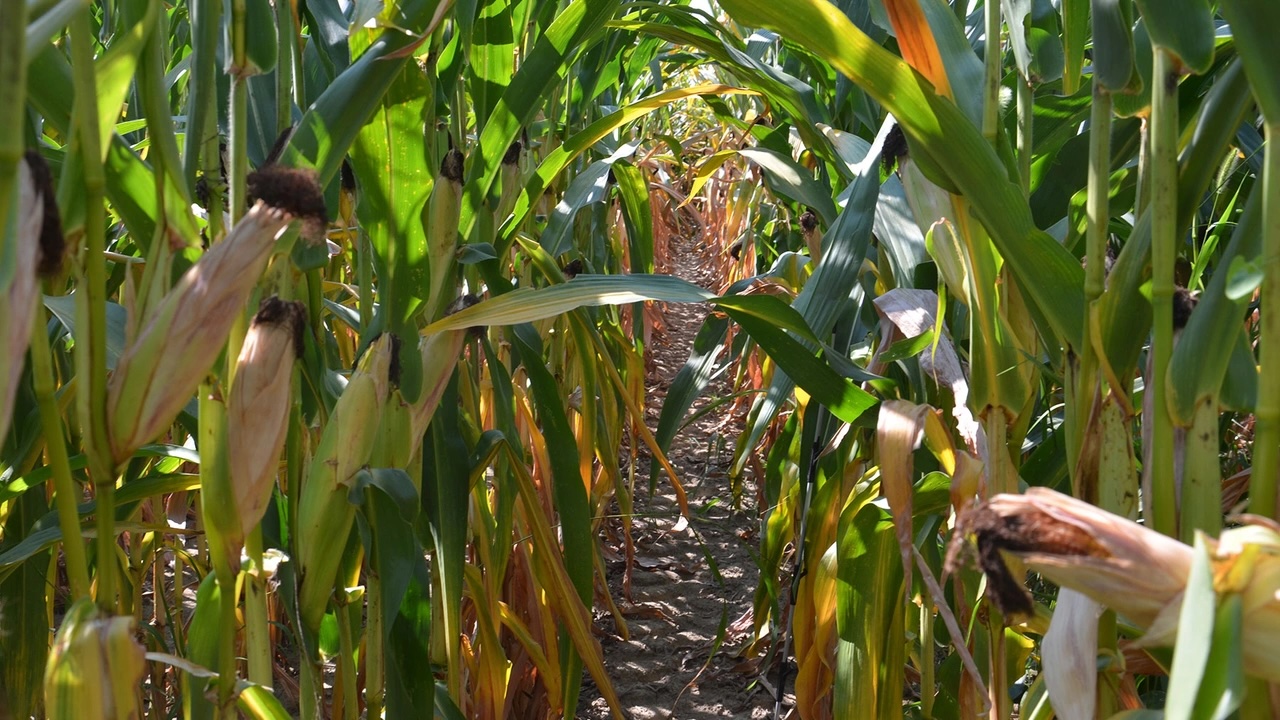Be careful how far you cut nitrogen rates
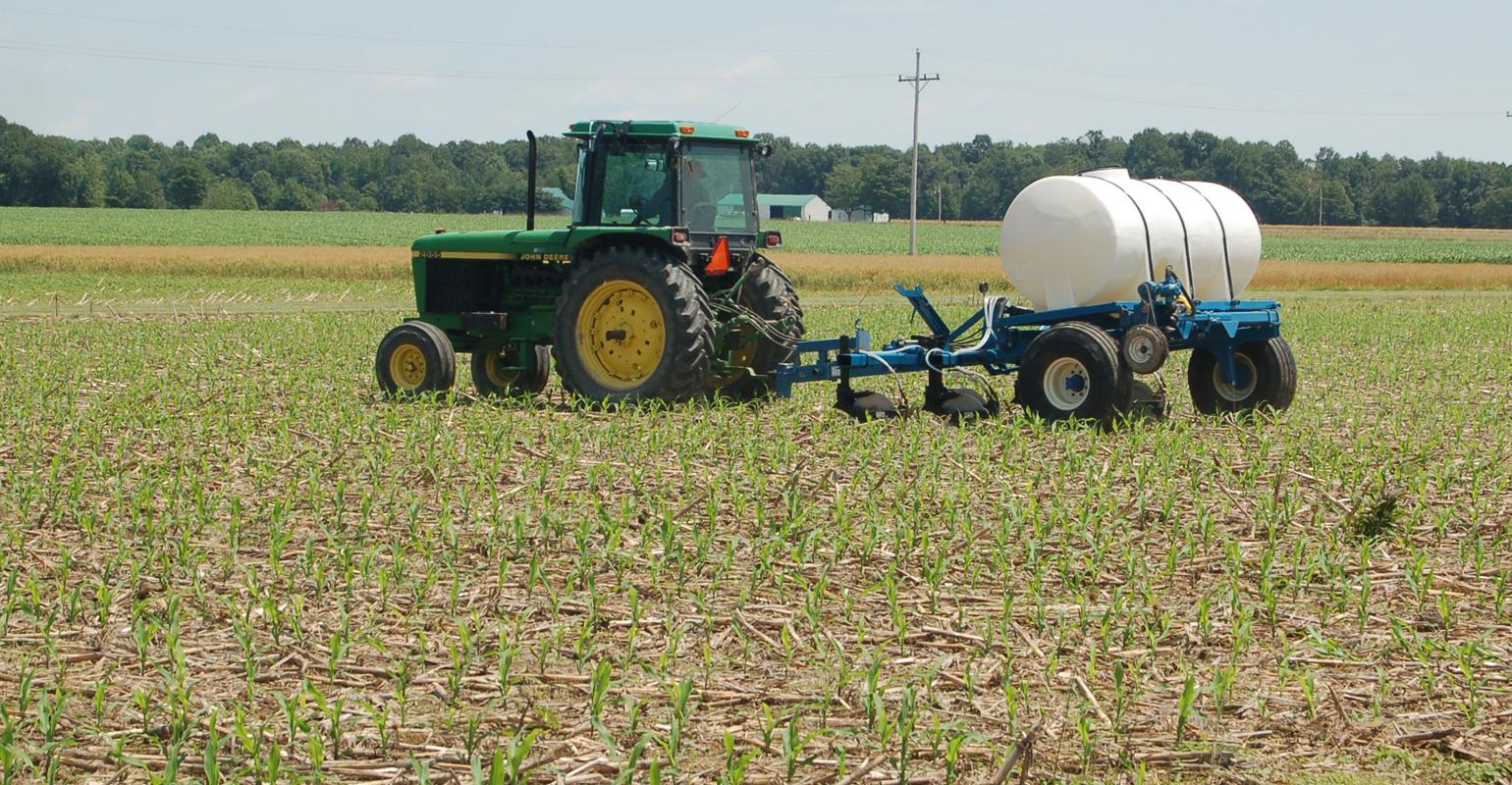
Corn Corner: Trimming N too much could result in lower yields.
Apr 01, 2020
We apply 40 pounds of nitrogen per acre at planting and sidedress the rest. We’ve injected liquid N at 160 pounds per acre actual N. Our average corn yield for the past five years is 183 bushels per acre. To cut costs, I’m looking at applying 120 pounds of liquid N at sidedressing. Our dealer has aanhydrous bars too. Is that a cheaper option? If so, what rate for NH3?
The Indiana certified crop advisers panel answering this question includes Gene Flaningam, Flaningam Ag Consulting, Vincennes; Greg Kneubuhler, G&K Concepts Inc., Harlan; and Bryan Overstreet, Jasper County Extension ag educator.
Flaningam: Your optimal nitrogen rates will vary greatly from year to year and depend on corn hybrid yield potential. Weather is also a major factor. Rainfall and field drainage should be considered when fine-tuning your N rates. Keep in mind sidedressed nitrogen should be more efficiently consumed by the corn plant versus preplant N. Sidedress N rates can be adjusted to a more conservative rate versus preplant applied N rates.
The question of choosing the liquid nitrogen form versus anhydrous ammonia is based more on individual preference and source availability. I do know from my prior experiences and observations that anhydrous ammonia will hold in the soil better than liquid nitrogen under marginal conditions.
Kneubuhler: Nitrogen is an elusive nutrient that is certainly required to raise corn and is 100% affected by weather. To ask what total N load is the right load to apply is to ask the million-dollar question. It isn’t truly answered until the combine hits the field. We have conducted over a decade of replicated N trials to solve this mystery that, in my opinion, still exists today.
What I can say to this question is, your original nitrogen problem is closer to correct than your reduced rate of nitrogen. Of course, farms and soils vary, so lower rates of nitrogen can perform. But sidedressing only 120 pounds of nitrogen typically came up short in our plots, unless manure was also applied.
Lastly, anhydrous historically has been cheaper and is 100% in the ammonium form. I would argue that is the most stable form of nitrogen. Ideally, I would run the same rate of nitrogen, but our trials have also shown that because of its form, ammonia can be more efficient at times.
Overstreet: After reviewing Jim Camberato and Bob Nielsen’s “Nitrogen Management Guidelines in Corn in Indiana” publication, I would say the you may be economically able to reduce your total nitrogen application some — however, likely not to the 160 pounds of total N (40 on starter plus 120 as sidedress) that you are indicating. Camberato and Nielsen are Purdue University Extension agronomists.
If you stay with liquid N, you could drop to 175 to 180 total pounds of nitrogen per acre. If you convert to anhydrous ammonia, you could still stay around 187 to 190 pounds of total N and not hurt your bottom line. This is assuming prices of $515 per ton for anhydrous ammonia, $245 for 28-0-0 and $3.75 per bushel as the corn price. Another tool to use to help look at the benefits of splitting the nitrogen application is the U2U Corn Split N Application support tool.


